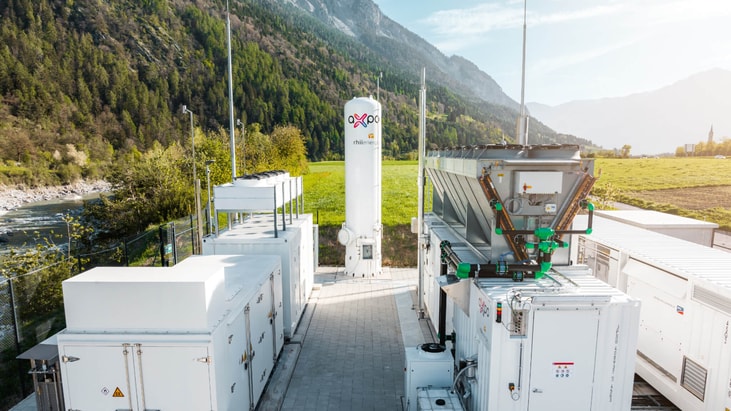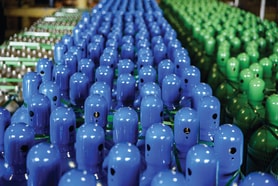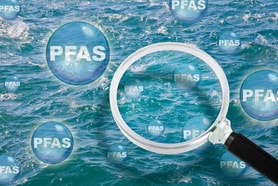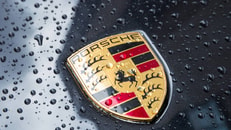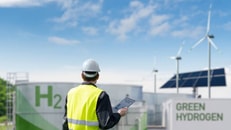Energy duo launch largest green hydrogen plant in Switzerland
A new 2.5 megawatt green hydrogen plant capable of producing up to 350 tonnes of green hydrogen per year began operations today (26th April) in Switzerland, becoming the country’s largest plant of its kind.
Located next to the Reichenau hydropower plant in Domat/Ems, the facility was developed by Axpo and electric utility Rhiienergie, who began construction around a year ago.
The plant creates green hydrogen through water electrolysis powered by hydroelectricity, emitting no carbon dioxide (CO2). The compressed hydrogen can be then transported to refuelling stations and industrial clients.
According to Axpo, the amount of hydrogen produced can replace the use of up to 1.5 million litres of diesel each year.
... to continue reading you must be subscribed

